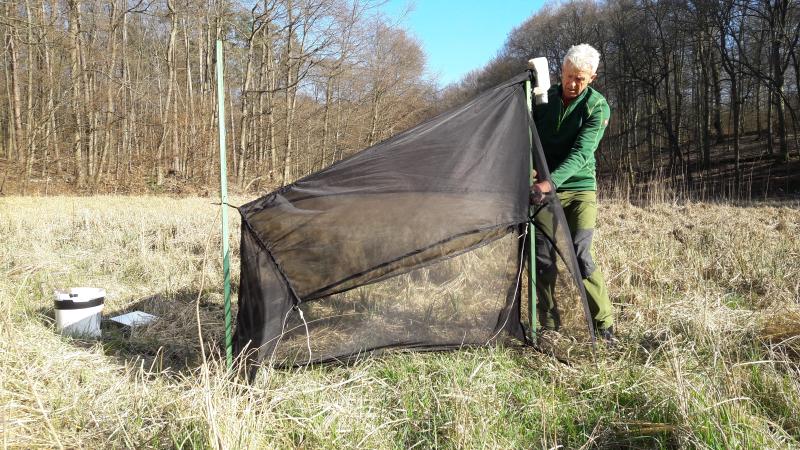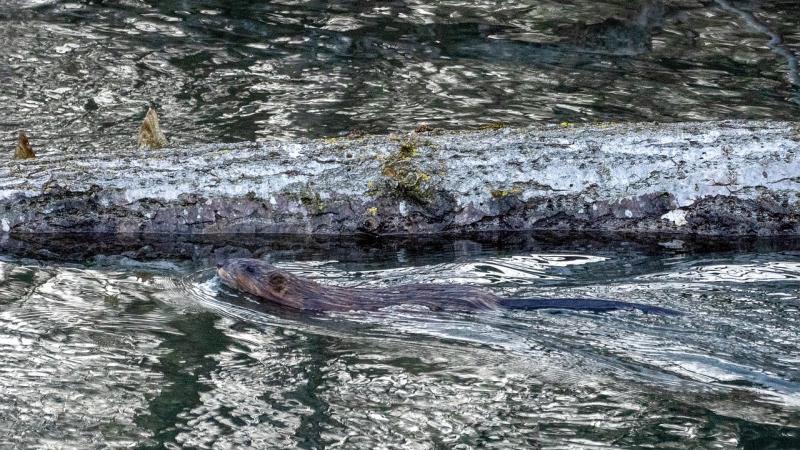
An example of how inland navigation can lead to severe changes in the structure and hydrology of rivers. | Photo: pixabay
The international research team with Prof Sonja Jähnig and Dr Christian Wolter from IGB has compiled data on the biodiversity of European rivers and modelled the impact of shipping, port density and locks on aquatic biodiversity. The time series of fish and larger invertebrates (insect larvae, small crustaceans, mussels, snails) analysed comprised more than 19,500 observations from over 4,000 sampling sites over the last 32 years.
Rare river-typical species are being lost, invasive species are spreading
The scientists show in their study that inland navigation is associated with a decline in biodiversity in the rivers concerned. This affects both the abundance and frequency of species, as well as the diversity of ecological guilds – groups of species with the same requirements for certain environmental factors, such as flow velocity. Typically riverine fish species such as Barbel, Nase or Vimba severely declined and invasive species such as Round goby are spreading.
"We are seeing that species communities in rivers are becoming increasingly homogeneous. Even in European rivers, there are no longer any typical differences in the fauna. The problem is that this can shift food webs and also reduce the resilience of water bodies", said Prof Sonja Jähnig.
Waves and current from ships: Reduced speed and shallow water zones would help
Ships themselves affect the species diversity and functional biodiversity of fish and large invertebrates, bottom-dwelling and current-sensitive species. The waves and return currents caused by ships exert selection pressure: Fish that attach their eggs in clutches to substrates such as stones or plants have a better chance of reproducing than species whose free-swimming eggs are washed away. Ship waves erode the banks and release sediments, which degrades the habitats for both fish and invertebrates.
"Habitats with different current velocities are essential for biodiversity. Reducing the speed of ships and creating shallow habitats that are protected from ship waves could mitigate some of these negative effects of the waves“,’ said Prof Sonja Jähnig.
It is not only the ships themselves that cause damage, but also the construction of harbours, locks, canals and flood barriers
In addition to the ships, the accompanying infrastructure often has a negative impact on life in our rivers: heavy revetments made of concrete or stones, often used to prevent bank erosion, for example, impair the habitats in the bank area and demonstrably lead to a lower diversity of fish.
In addition, the navigation channel of many waterways is regularly dredged to maintain depth, which damages habitats and animals at the bottom of the waterway.
Multiple stressors can interact: restoring riparian zones would provide better protection for biodiversity
The research team also looked at how shipping interacts with other stressors: The impact of shipping depended on local land use and additional degradation of riparian zones. For fish, the negative effects were most pronounced in river stretches located in urban or intensive agricultural areas, as these were also affected by high nutrient and pollutant inputs.
The development of rivers into waterways had a particularly negative impact on mussels, snails and crayfish if the banks were also severely degraded. In cases of severe bank degradation, channelling was also associated with an increase in invasive species.
"These aggravating effects tell us that restoring riparian habitats can be very useful. This is because wide, non-agricultural riparian zones can act as a buffer against nutrient inputs. Riparian vegetation provides natural erosion control, habitat, structure, shade, food and a connection to the surrounding landscape for many animal species. This can reduce the negative effects of channelling", said Dr Christian Wolter.
Excluding ecologically important rivers such as the Oder from navigation
"The Inland Navigation Europe (INE), describes in its post-COVID programme that inland navigation in Europe should grow by 50 percent over the next 25 years. Not only would there be more and larger ships, the infrastructure would also be expanded. This means more weirs, larger locks and harbours as well as additional waterways. In view of the damage to biodiversity, however, it must be carefully weighed up for each river whether the benefits as a waterway really justify the high ecological costs. For example, the planned expansion of the Oder should be seriously questioned“, said Dr Christian Wolter.






